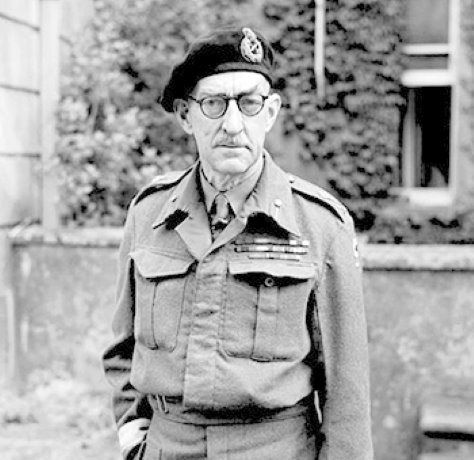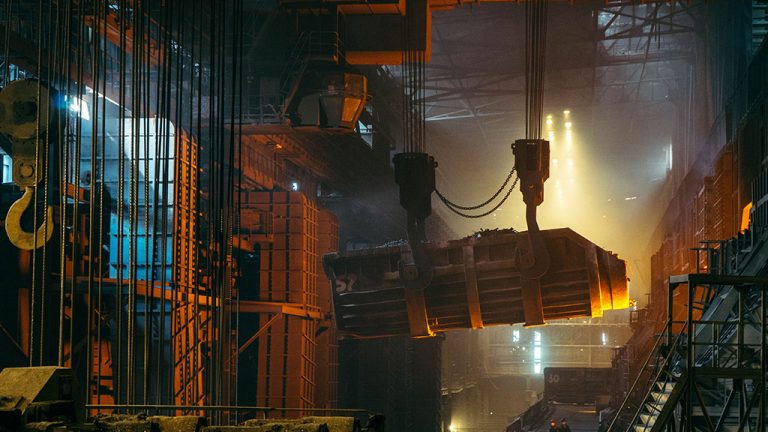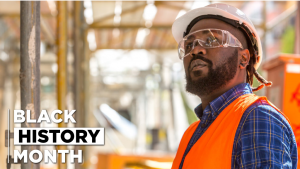The Allied invasion of Normandy on D-Day remains one of the signature battles of the Second World War and one in which 14,000 Canadians landing on Juno Beach played a critical role.
In addition to establishing a beachhead, part of the objective of the mission was to demolish enemy fortifications.
The 3rd Canadian Division served as a component of Britain’s Second Army and was supported by a host of specially designed armoured vehicles, built not only for warfare, but for demolition and construction.
Although some of the concepts had already been employed or tested, the vehicles used on D-Day were known collectively as Hobart’s Funnies, named after Major-General Sir Percy Hobart, who helped to develop the designs and train personnel to use them.
He also led the 79th Armoured Division on D-Day.
Cliff Chadderton, a Second World War veteran and chief executive officer of The War Amps, recalls his experiences as an officer with the Royal Winnipeg Rifles on D-Day.
“When the assault force, including my regiment, approached the Juno Beach landing area we saw all manner of special assault vehicles,” he said.
“We’d seen mock-ups of some of the equipment before we’d left England, so we had some idea of the destruction that these tracked vehicles could deal.”
Chadderton recalled landing on the beach behind an Armoured Vehicle Royal Engineers (AVRE), a modified Churchill tank designed both to build and destroy.
The tanks were fitted with devices that allowed them to perform a wide array of engineering tasks, from placing a bridge over a nine-metre gap in 30 seconds, to carrying a “bobbin” that could lay a three-metre-wide carpet over muddy terrain.
They also carried bundles of sticks, known as fascines, which were dropped into trenches, allowing other vehicles to pass over them.
AVREs fitted with a “bullshorn plough” excavated the ground in front of them, exposing land mines.
The tanks carried as many as six personnel, including a demolition engineer and a stock of explosive mines, designed to obliterate enemy structures, fortifications and roadblocks.
Each tank was fitted with a powerful gun called a Petard, which fired high-explosive shells weighing 40 lbs. each.
“We called the shells flying dustbins,” said Chadderton.
“They would drive near a concrete German pillbox and blow a hole through the front of it and out the back. The damage they created was indescribable.”
A modified Sherman tank performed a military version of soil remediation.
This Sherman Crab flail tank’s rotor beat the ground before it in order to explode mines.
It would assist demolition teams in order to remove obstacles for advancing troops.
“The Sherman Crab was outfitted with a minesweeping adaptation,” said Chadderton.
“It employed a flail, which was a rotor attached to the front of the tank to which were attached 43 chains with an iron ball at the other end.
These chains beat the ground and exploded mines.
They were of great benefit in Normandy and the northwest European campaign.”
A Sherman Crab is part of the collection of the CFB Borden Military Museum.
The Armoured Bulldozer was an unarmed standard Caterpillar D7 diesel tractor converted for military use by adding a bulldozer blade and protective armour plating to cover the engine and driver’s compartment.
“These vehicles cleared Normandy beach obstacles, assisted demolition teams in attacking seawalls, cleared debris and built ramps for inland-bound vehicles,” said Chadderton.
“They later cleared streets, filled bomb craters and removed road blocks.”
The Centaur bulldozer was a Cromwell tank fitted with a bulldozer blade, which could be raised and lowered with a winch. The commander of the tank was protected by an armoured lookout tower.
Faster than the Caterpillars, the Centaurs were used after D-Day to clear battlements and debris.
More than 250 Centaurs were built during the Second World War.
“The Funnies contributed enormously to the success on D-Day by helping the Allies break quickly through the German beach defenses,” said Chadderton.
“Their support after the landing was invaluable.”












Recent Comments
comments for this post are closed